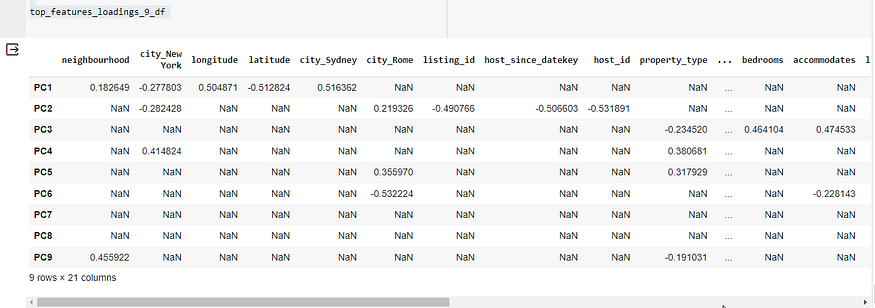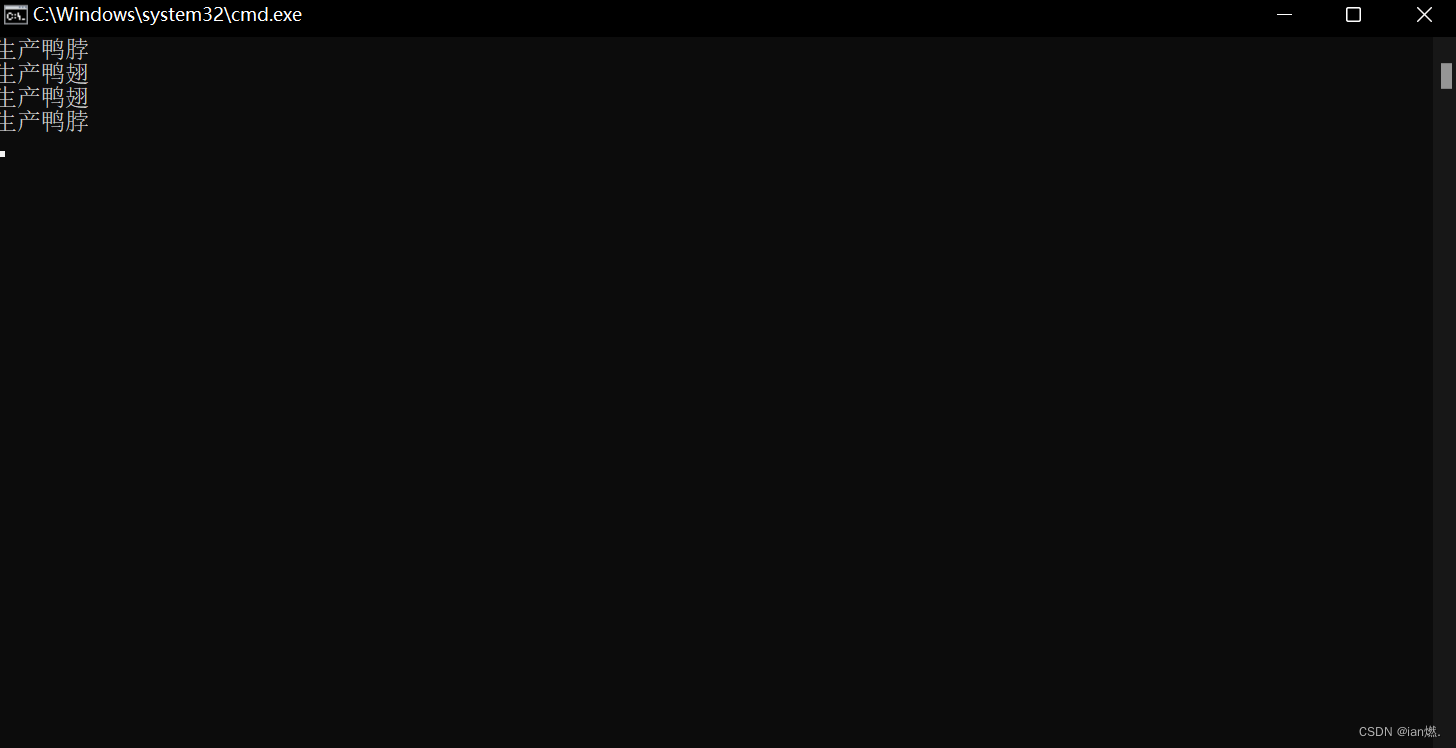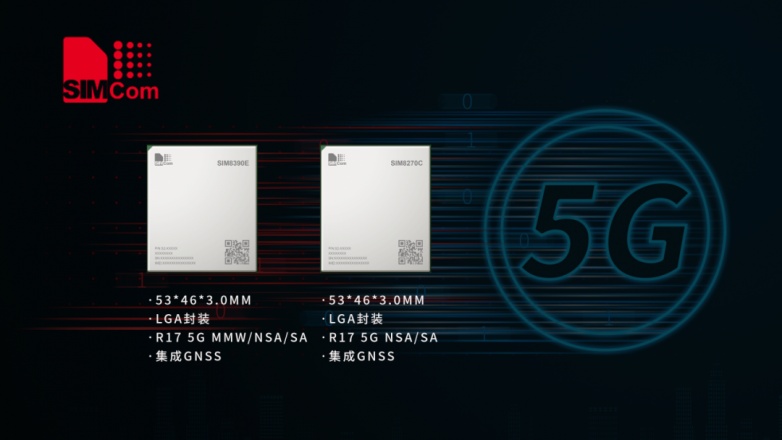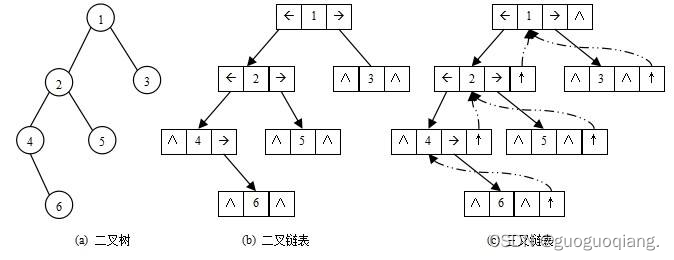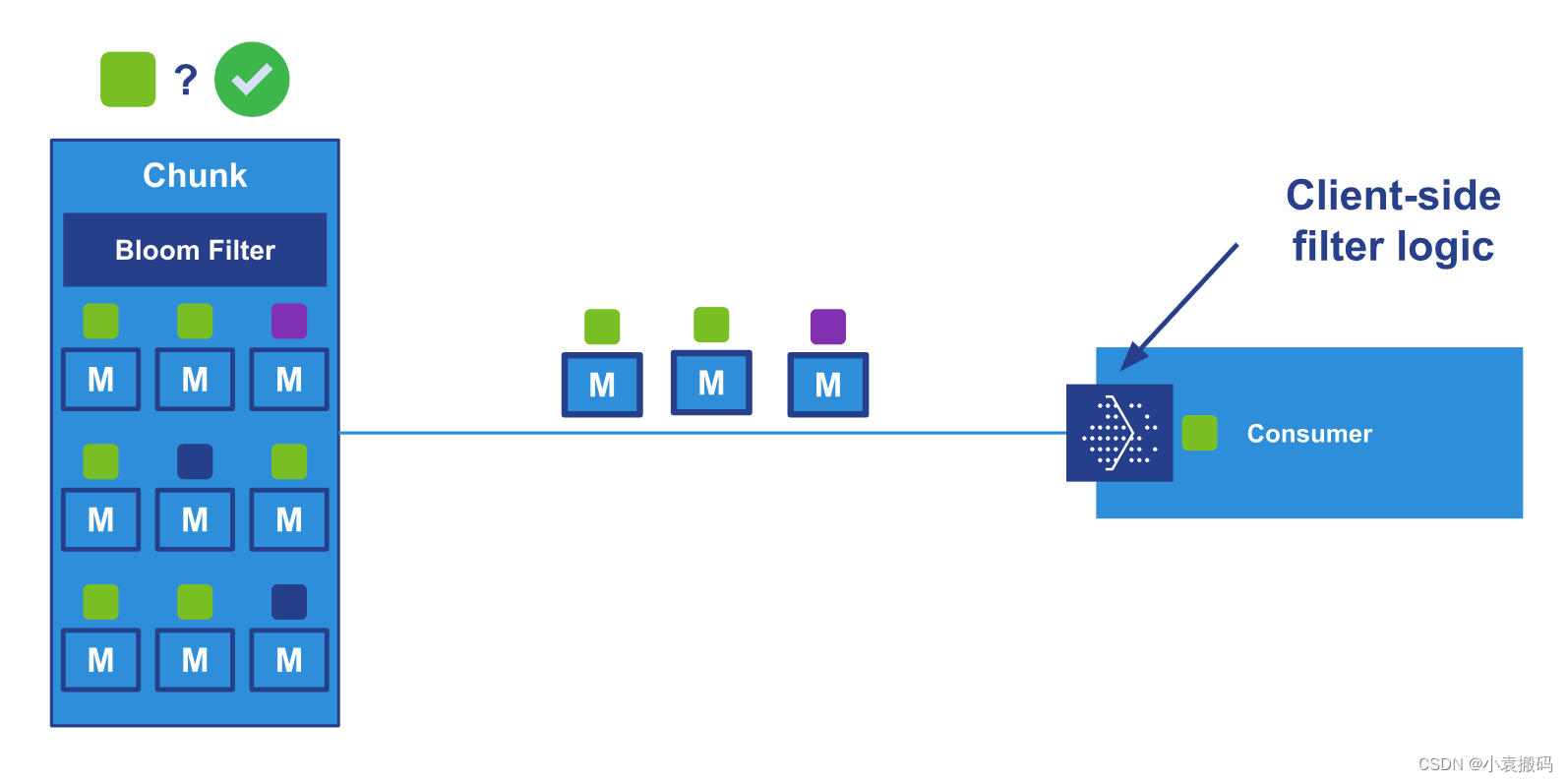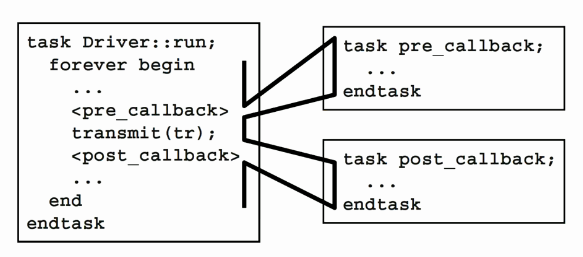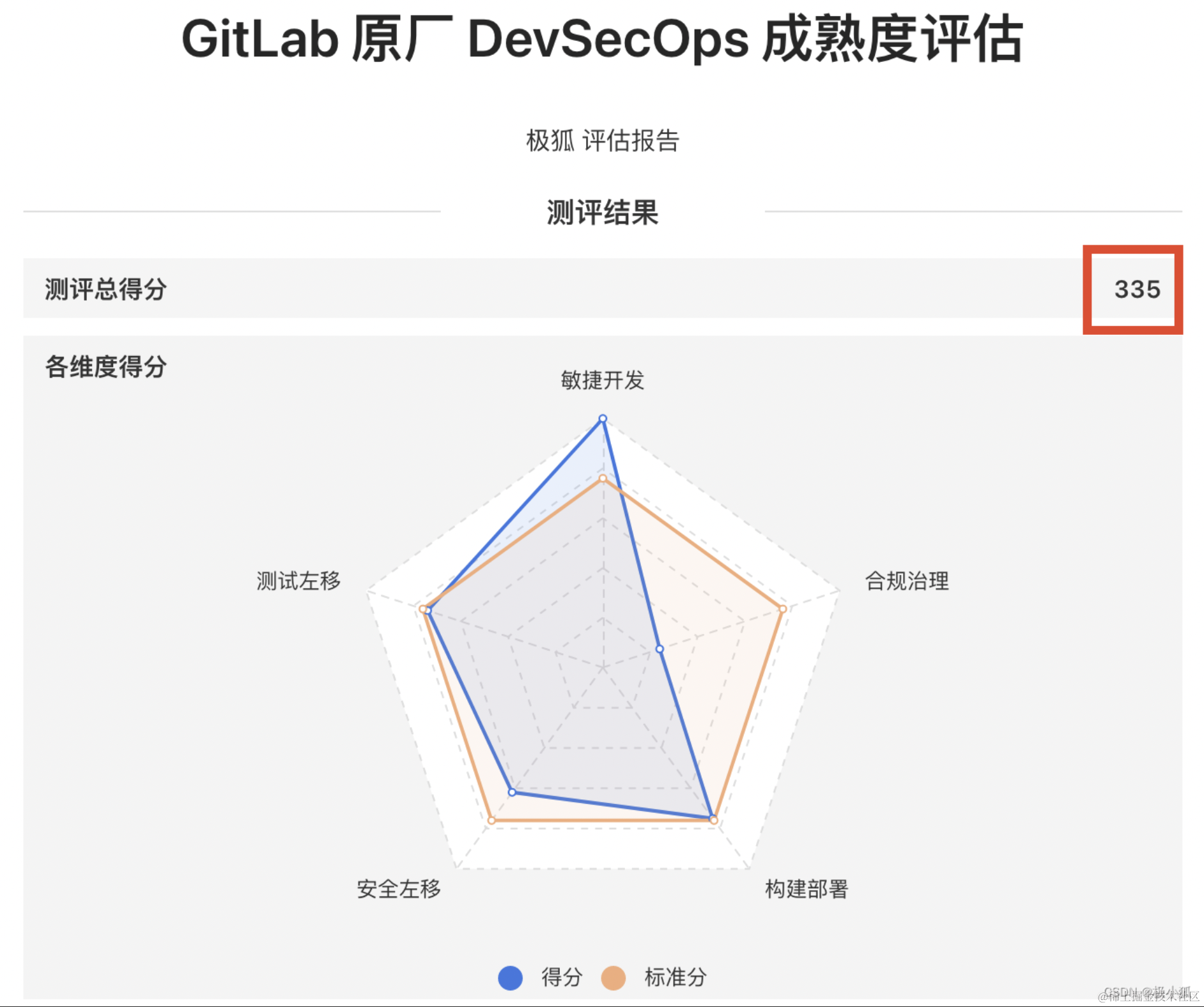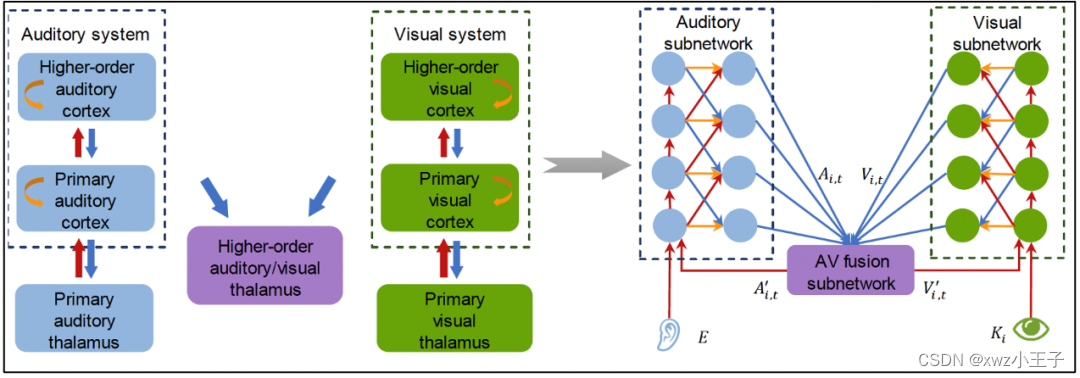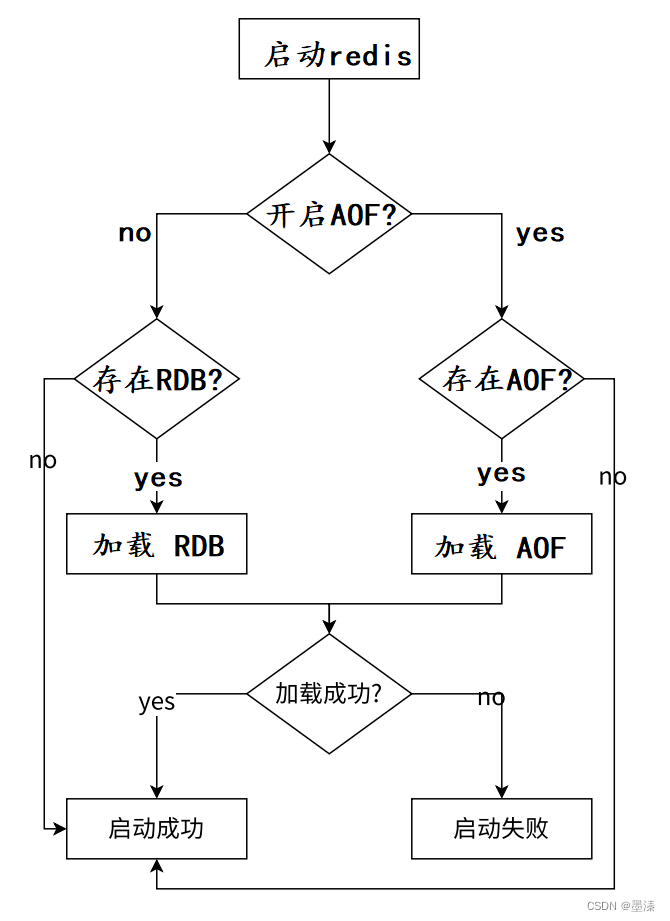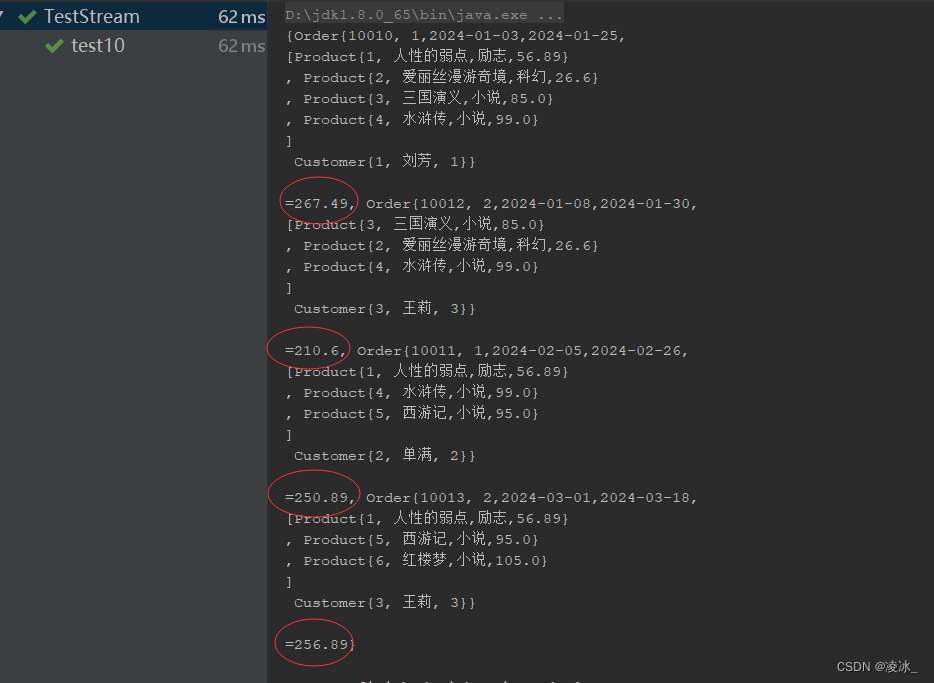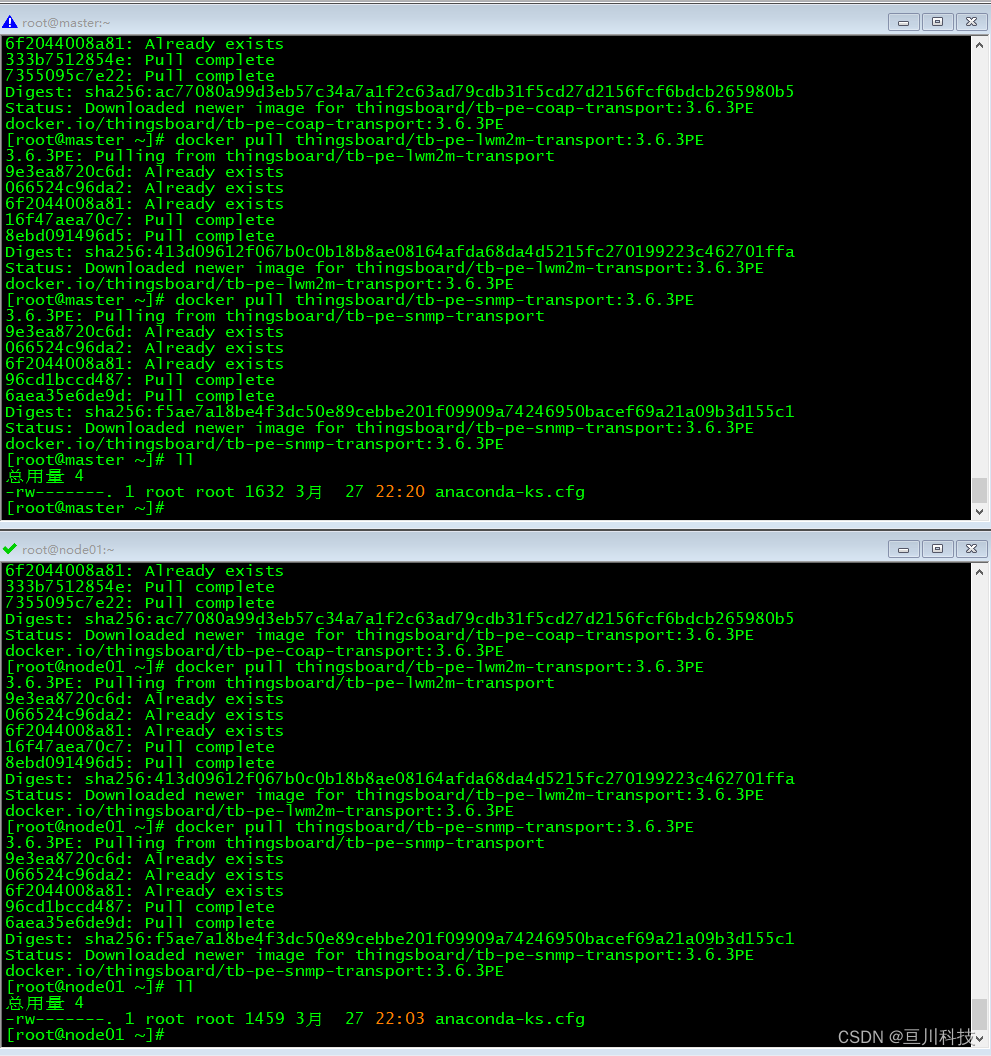队列(Queue)
概念


队列的使用

注意:Queue是个接口,在实例化时必须实例化LinkedList的对象,因为LinkedList实现了Queue接口。
import java.util.LinkedList;
import java.util.Queue;public class Test {public static void main(String[] args) {Queue<Integer> q = new LinkedList<>();q.offer(1);q.offer(2);q.offer(3);q.offer(4);q.offer(5); // 从队尾入队列System.out.println(q.size());System.out.println(q.peek()); // 获取队头元素q.poll();System.out.println(q.poll()); // 从队头出队列,并将删除的元素返回if (q.isEmpty()) {System.out.println("队列空");} else {System.out.println(q.size());}}
}
队列的模拟实现
队列中既然可以存储元素,那底层肯定要有能够保存元素的空间,通过前面线性表的学习了解到常见的空间类型有两种:顺序结构(数组) 和 链式结构。
队列的实现使用顺序结构还是链式结构好?
public class MyQueue {static class ListNode {public int val;public ListNode prev;public ListNode next;public ListNode(int val) {this.val = val;}}public ListNode head;public ListNode last;//尾插public void offer(int val) {ListNode node = new ListNode(val);if (head == null) {head = last = node;} else {last.next = node;node.prev = last;last = last.next;}}//头删public int poll() {if (head == null) {return -1;}int ret = head.val;if (head.next == null) {head = null;last = null;} else {head = head.next;head.prev = null;}return ret;}public int peek() {if (head == null) {return -1;}int ret = head.val;return ret;}
}
循环队列
实际中我们有时还会使用一种队列叫循环队列。如操作系统课程讲解生产者消费者模型时可以就会使用循环队列。环形队列通常使用数组实现。
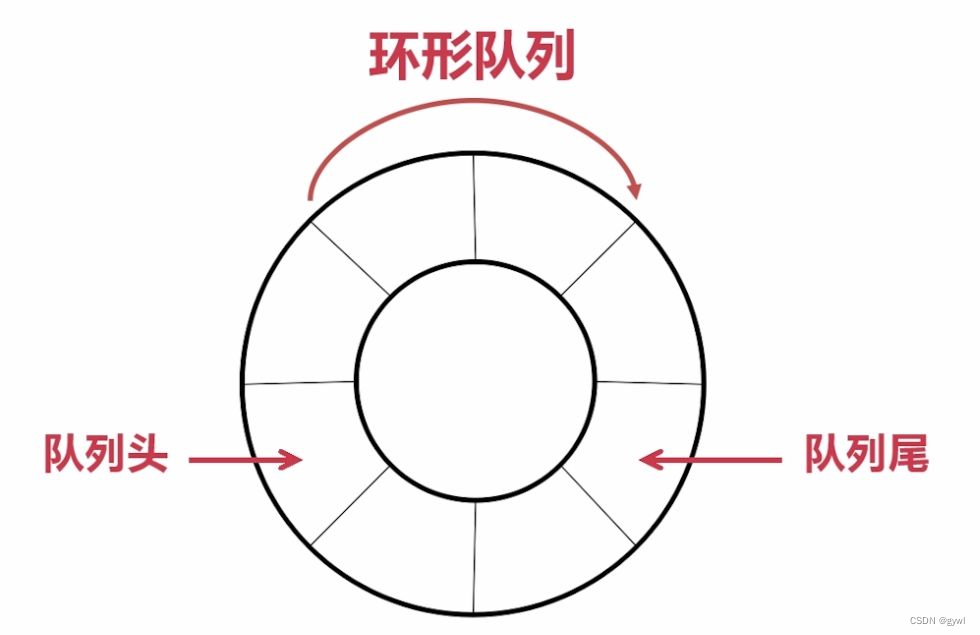
如何区分空与满
1. 通过添加 size 属性记录
空:size=0 满:us=数组长度
2. 保留一个位置(浪费一个空间)(下面的设计循环队列用的就是此方法)
相遇就是空 满:last的下一个是first
3. 使用标记
Boolean flag
数组下标循环的小技巧
1. 下标最后再往后(offset 小于 array.length): index = (index + offset) % array.length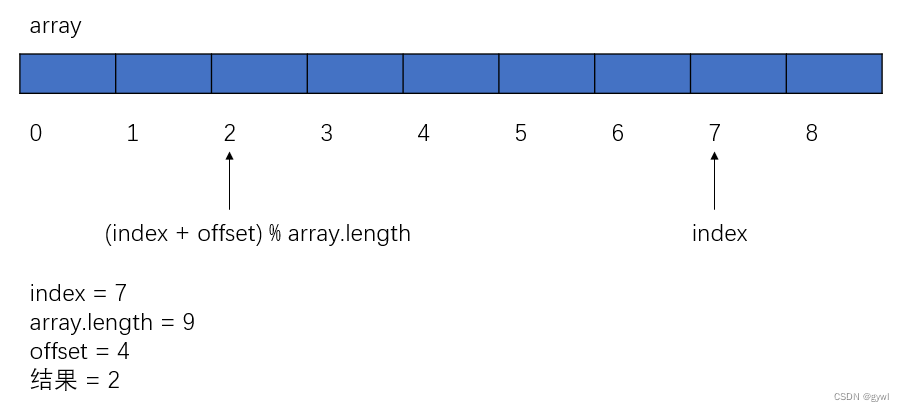
2. 下标最前再往前(offset 小于 array.length): index = (index + array.length - offset) % array.length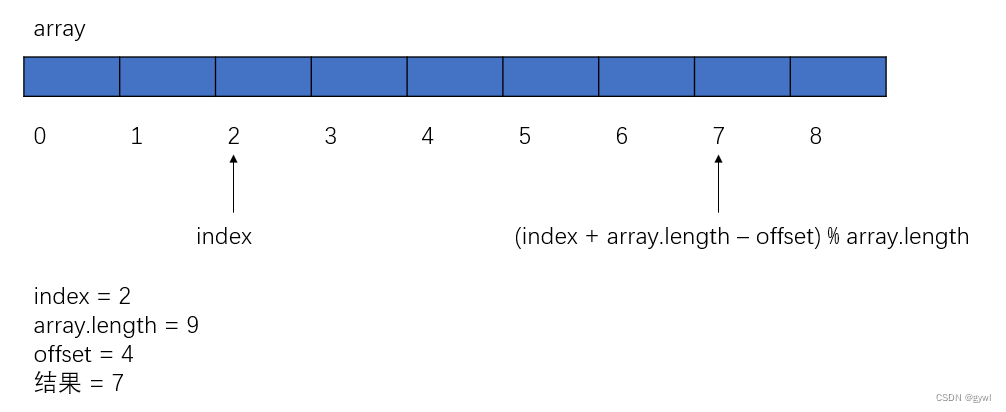
设计循环队列
class MyCircularQueue {public int[] elem;public int first;public int last;public MyCircularQueue(int k) {elem = new int[k];}public boolean enQueue(int value) {if (isFull()) {return false;}elem[last] = value;last = (last + 1) % elem.length;return true;}public boolean deQueue() {if (isEmpty()) {return false;}first = (first + 1) % elem.length;return true;}//得到队头元素public int Front() {if (isEmpty()) {return -1;}return elem[first];}//得到队尾元素public int Rear() {if (isEmpty()) {return -1;}int index = (last == 0) ? elem.length - 1 : last - 1;return elem[index];}public boolean isEmpty() {return first == last;}public boolean isFull() {return (last + 1) % elem.length == first;}
}/*** Your MyCircularQueue object will be instantiated and called as such:* MyCircularQueue obj = new MyCircularQueue(k);* boolean param_1 = obj.enQueue(value);* boolean param_2 = obj.deQueue();* int param_3 = obj.Front();* int param_4 = obj.Rear();* boolean param_5 = obj.isEmpty();* boolean param_6 = obj.isFull();*/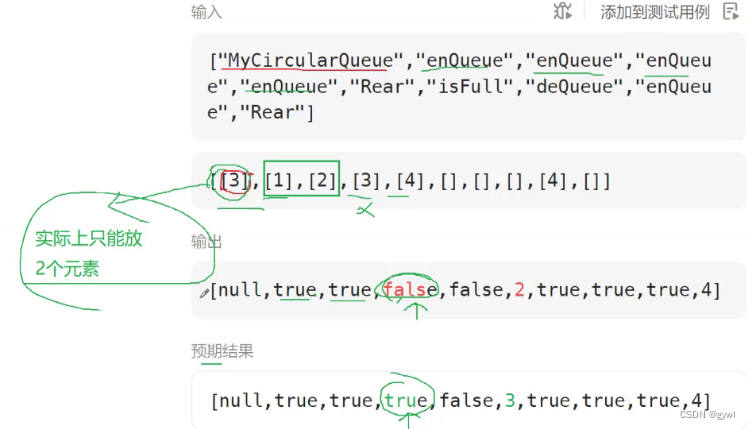
将elem = new int[k];改为elem = new int[k+1];即可
双端队列
双端队列(deque)是指允许两端都可以进行入队和出队操作的队列,deque 是 “double ended queue” 的简称。那就说明元素可以从队头出队和入队,也可以从队尾出队和入队

Deque是一个接口,使用时必须创建LinkedList的对象。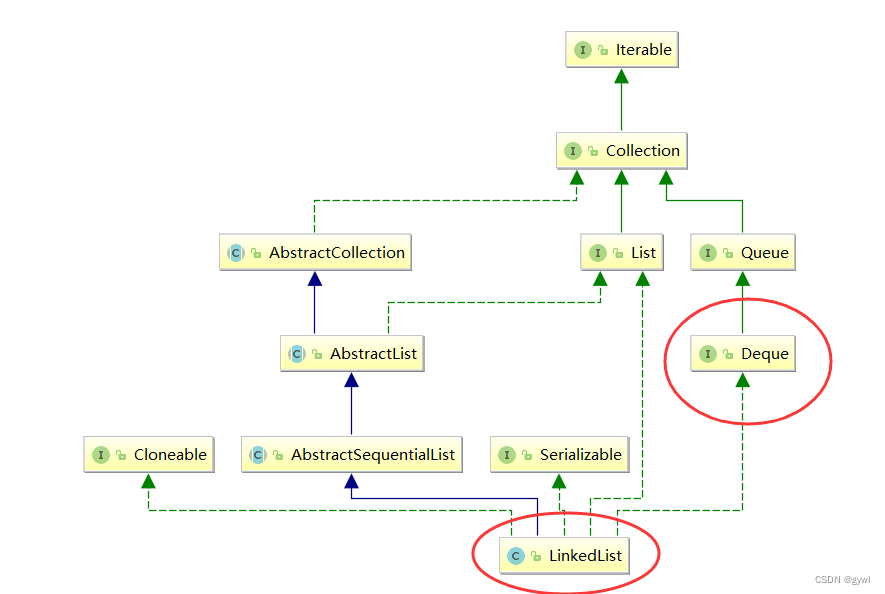
在实际工程中,使用Deque接口是比较多的,栈和队列均可以使用该接口
Deque<Integer> stack = new ArrayDeque<>();//双端队列的线性实现
Deque<Integer> queue = new LinkedList<>();//双端队列的链式实现
面试题
1.用队列实现栈

import java.util.LinkedList;
import java.util.Queue;class MyStack {public Queue<Integer> queue1;public Queue<Integer> queue2;public MyStack() {queue1 = new LinkedList<>();queue2 = new LinkedList<>();}public void push(int x) {if (empty()) {queue1.offer(x);return;}if (!queue1.isEmpty()) {queue1.offer(x);} else {queue2.offer(x);}}public int pop() {if (empty()) {return -1;}if (!queue1.isEmpty()) {int size = queue1.size();for (int i = 0; i < size - 1; i++) {queue2.offer(queue1.poll());}return queue1.poll();} else {int size = queue2.size();for (int i = 0; i < size - 1; i++) {queue1.offer(queue2.poll());}return queue2.poll();}}public int top() {if (empty()) {return -1;}if (!queue1.isEmpty()) {int size = queue1.size();int ret = -1;for (int i = 0; i < size; i++) {ret = queue1.poll();queue2.offer(ret);}return ret;} else {int size = queue2.size();int ret = -1;for (int i = 0; i < size; i++) {ret = queue2.poll();queue1.offer(ret);}return ret;}}public boolean empty() {return queue1.isEmpty() && queue2.isEmpty();}
}/*** Your MyStack object will be instantiated and called as such:* MyStack obj = new MyStack();* obj.push(x);* int param_2 = obj.pop();* int param_3 = obj.top();* boolean param_4 = obj.empty();*/2.用栈实现队列

import java.util.Stack;class MyQueue {public Stack<Integer> s1;public Stack<Integer> s2;public MyQueue() {s1 = new Stack<>();s2 = new Stack<>();}public void push(int x) {s1.push(x);}public int pop() {// 两个栈都是空 意味着 队列为空if (empty()) {return -1;}if (s2.empty()) {while (!s1.empty()) {s2.push(s1.pop());}}return s2.pop();}public int peek() {if (empty()) {return -1;}if (s2.empty()) {while (!s1.empty()) {s2.push(s1.pop());}}return s2.peek();}// 判断模拟实现的队列是否为空public boolean empty() {return s1.empty() && s2.empty();}
}/*** Your MyQueue object will be instantiated and called as such:* MyQueue obj = new MyQueue();* obj.push(x);* int param_2 = obj.pop();* int param_3 = obj.peek();* boolean param_4 = obj.empty();*/